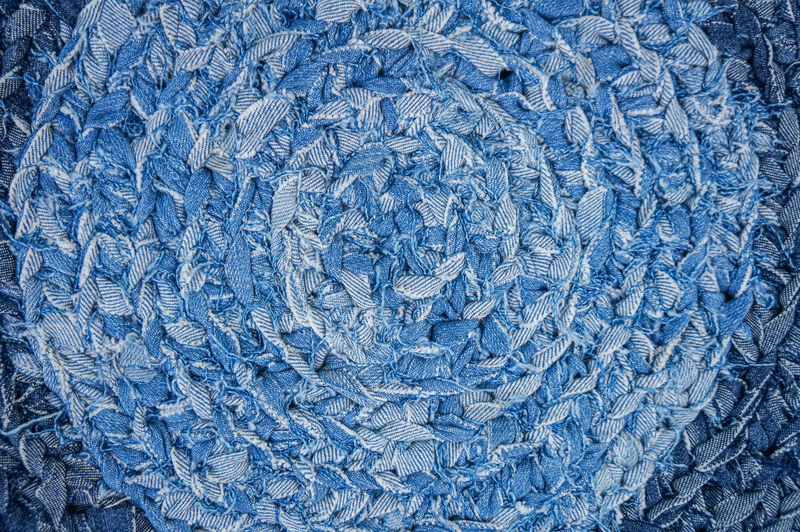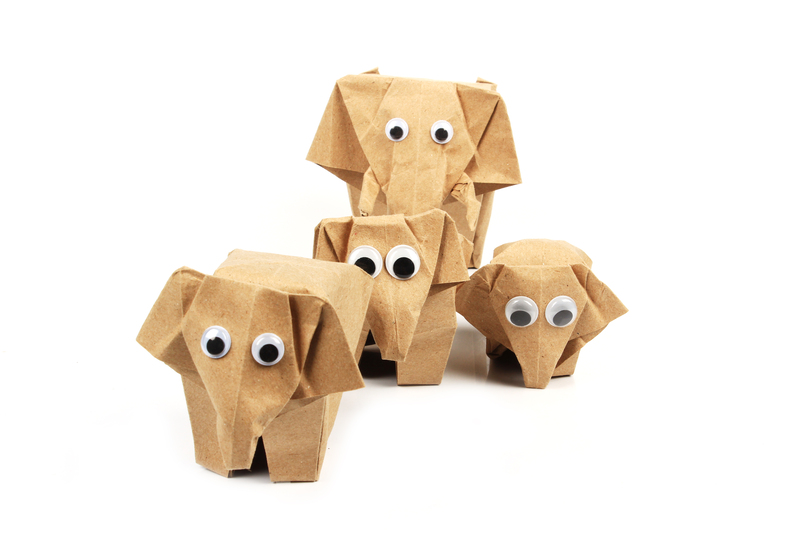Simple Steps to Prevent Pollution When Throwing Out PPE
In the wake of global pandemics and heightened health awareness, the widespread use of personal protective equipment (PPE) such as face masks, gloves, and face shields has become an indispensable part of daily life. However, the improper disposal of PPE can contribute significantly to environmental pollution, threatening human and planetary health. Understanding the best practices for disposing PPE not only helps conserve the environment but also prevents the spread of diseases. In this comprehensive guide, we'll walk you through simple steps to prevent pollution when throwing out PPE and help keep our communities clean.

Why Is Proper PPE Disposal Essential?
Improperly discarded PPE like single-use masks, latex gloves, and protective gowns can end up clogging waterways, harming wildlife, and leaching microplastics into the soil and oceans. According to environmental research, millions of masks are used daily worldwide, but not all are disposed of correctly. This negligence exacerbates plastic pollution and increases the risk of hazardous waste exposure. Hence, disposing of PPE properly is central to preventing pollution and sustaining a healthy environment.
The Environmental Impact of PPE Waste
- Microplastic Contamination: Many PPE items, especially disposable masks and gloves, are made of plastics that break down into microplastics over time. These particles infiltrate soil and waterways, entering the food chain.
- Threat to Wildlife: Animals can mistake PPE waste for food or get entangled in it, leading to injuries or fatalities.
- Increased Landfill Waste: Improper PPE disposal contributes to overflowing landfills and inefficient waste management systems.
- Risk of Disease Transmission: Used PPE can carry viruses, bacteria, and chemicals, endangering waste workers and the general public.
Understanding Different PPE Materials
Before disposing of your PPE correctly, it's vital to recognize the types of materials used and their environmental implications. Here's a quick guide:
- Single-use, Non-woven Masks: Usually made from polypropylene, a plastic that isn't easily biodegradable.
- Latex or Nitrile Gloves: Latex is plant-based and more biodegradable; nitrile is synthetic and longer-lasting in landfills.
- Face Shields: Crafted from various plastics; often reusable but sometimes disposed after a single use.
Simple Steps to Prevent Pollution When Disposing of PPE
With the right actions, anyone can reduce the impact of their PPE waste. Here are simple, eco-friendly steps to dispose of PPE while minimizing pollution and promoting safety.
1. Separate PPE from Recyclables
Never place used masks, gloves, or face shields in standard recycling bins, unless specifically instructed by your community recycling program.
- Why? Recycling facilities aren't equipped to handle contaminated medical waste, posing a risk to workers and disrupting the recycling process.
- What to Do: Place used PPE in a separate bag or container marked as "PPE Waste" to keep it apart from recyclables.
2. Use Designated PPE Disposal Bins
Many public places, businesses, and healthcare facilities now offer special bins for PPE disposal. Whenever possible, use these designated containers.
- Look for Clearly Marked Bins: These are often color-coded or specifically labeled for masks and gloves.
- Community Drop-Off Points: Some municipalities have launched collection programs for used PPE - check your local waste management website for details.
3. Bag PPE Waste Securely
To prevent loose PPE from escaping into the environment, always place it in a tied or sealed bag before throwing it into the trash.
- Double-Bagging: For added safety, especially if PPE has been used in high-risk or medical settings, use two bags and tie tightly.
- Label the Bag: Clearly label it as "PPE Waste" if possible, to alert sanitation workers.
4. Do Not Litter - Never Discard PPE in the Open
It may be tempting to toss a mask or glove on the street for convenience, but improper disposal is a direct contributor to pollution.
- Take PPE Home: If a disposal bin is not nearby, carry a zip-lock or resealable bag to store used PPE safely until you can dispose of it properly.
- Lead by Example: Encourage others to avoid littering and participate in community clean-up efforts where PPE waste is prevalent.
5. Consider Eco-Friendly Alternatives
Switching to greener PPE can significantly reduce pollution. Whenever possible, opt for reusable masks or biodegradable gloves.
- Reusable Masks: Cloth masks are effective for general use and can be washed and reused, cutting down waste.
- Biodegradable Gloves: Choose gloves made from natural latex or compostable materials instead of synthetic options.
- Cleaning and Disinfection: Ensure reusable PPE is properly laundered or disinfected between uses.
6. Educate Others About PPE Pollution Prevention
Spreading awareness greatly amplifies the impact of your own choices. Share tips and resources with family, friends, and colleagues.
- Community Campaigns: Participate in or initiate local campaigns about the dangers of PPE pollution and proper disposal methods.
- Educational Materials: Distribute flyers, social media posts, or posters illustrating correct disposal steps.
Special Considerations for Medical and Healthcare PPE Waste
PPE used in healthcare or by patients may be contaminated with infectious agents and should follow stricter disposal protocols.
Best Practices for Healthcare Facilities
- Sharps and Biohazard Containers: Dispose of PPE with visible contamination or body fluids in designated medical waste bins.
- Professional Waste Collection: Arrange for licensed hazardous waste companies to handle and destroy infectious PPE waste safely.
- Staff Training: Regularly train staff on waste segregation and the consequences of improper disposal.
PPE Disposal at Home After Caring for a Sick Individual
- Wear disposable gloves when handling soiled PPE.
- Double-bag the waste and seal tightly before placing it in the trash.
- Wash hands immediately after removing gloves and handling PPE waste bags.
What Should You NOT Do with Used PPE?
- Never burn used PPE at home, as it releases toxic fumes carcinogenic to humans and harmful to the environment.
- Don't dump PPE in regular recycling bins, unless your community explicitly accepts certain PPE for recycling.
- Avoid flushing masks or gloves down toilets, as they cause blockages in sewage systems and pollute water bodies.
- Do not attempt to compost synthetic PPE. Plastics in most disposable PPE won't break down and may contaminate your compost.
Recycling Programs and Innovations for PPE Waste
While the majority of PPE is not recyclable through curbside programs, innovations are emerging:
- Specialized Recycling: Companies like TerraCycle offer paid or institutional collection boxes for PPE recycling, converting waste into usable plastic products.
- Upcycling Initiatives: Creative projects turn used PPE into construction materials, furniture, or other utility items instead of letting them languish in landfills.
- Government Programs: Some cities have pilot programs for PPE recycling -- check with your local waste management department.
How to Participate:
- Look up specialized recycling centers or mail-in programs in your area.
- Collect and store PPE following guidelines, ensuring they are contamination-free if required.
- Educate your peers about participating in these innovative solutions.

Quick Reference FAQ: PPE Waste Pollution Prevention
- Can I recycle medical masks or gloves? Generally, no. PPE is not accepted in typical recycling systems. However, specialized services may exist in your area.
- What's the safest way to throw away PPE at home? Seal it in a plastic bag and dispose of it in your general waste bin. Wash hands thoroughly afterward.
- Are reusable options better? Yes, reusable cloth masks and biodegradable gloves drastically reduce overall waste.
- What happens if PPE is littered in the environment? It pollutes natural habitats, endangers wildlife, and can spread disease among humans and animals alike.
- How can businesses reduce PPE pollution? Provide dedicated PPE disposal bins, switch to sustainable options, and educate staff and customers on responsible disposal.
Conclusion: Small Habits, Big Impact on Preventing PPE Pollution
Preventing pollution from discarded personal protective equipment is an urgent responsibility for communities worldwide. Even small, thoughtful actions help curb the environmental damage caused by PPE waste. By following simple steps to prevent PPE pollution--such as segregating waste, using proper bins, opting for reusable products, and educating others--you become part of a global effort to protect our planet and public health. Let's all do our part to keep our streets, parks, waterways, and wildlife safe--one mask, glove, and face shield at a time.
Remember:
- Be conscious about what you use and how you dispose of it.
- Spread awareness in your community about proper PPE waste management.
- Support innovations and recycling programs where available.
By integrating these eco-friendly PPE disposal methods into our routines, we can make lasting changes, reduce the burden on the environment, and set a powerful example for future generations. Join the movement--start today!